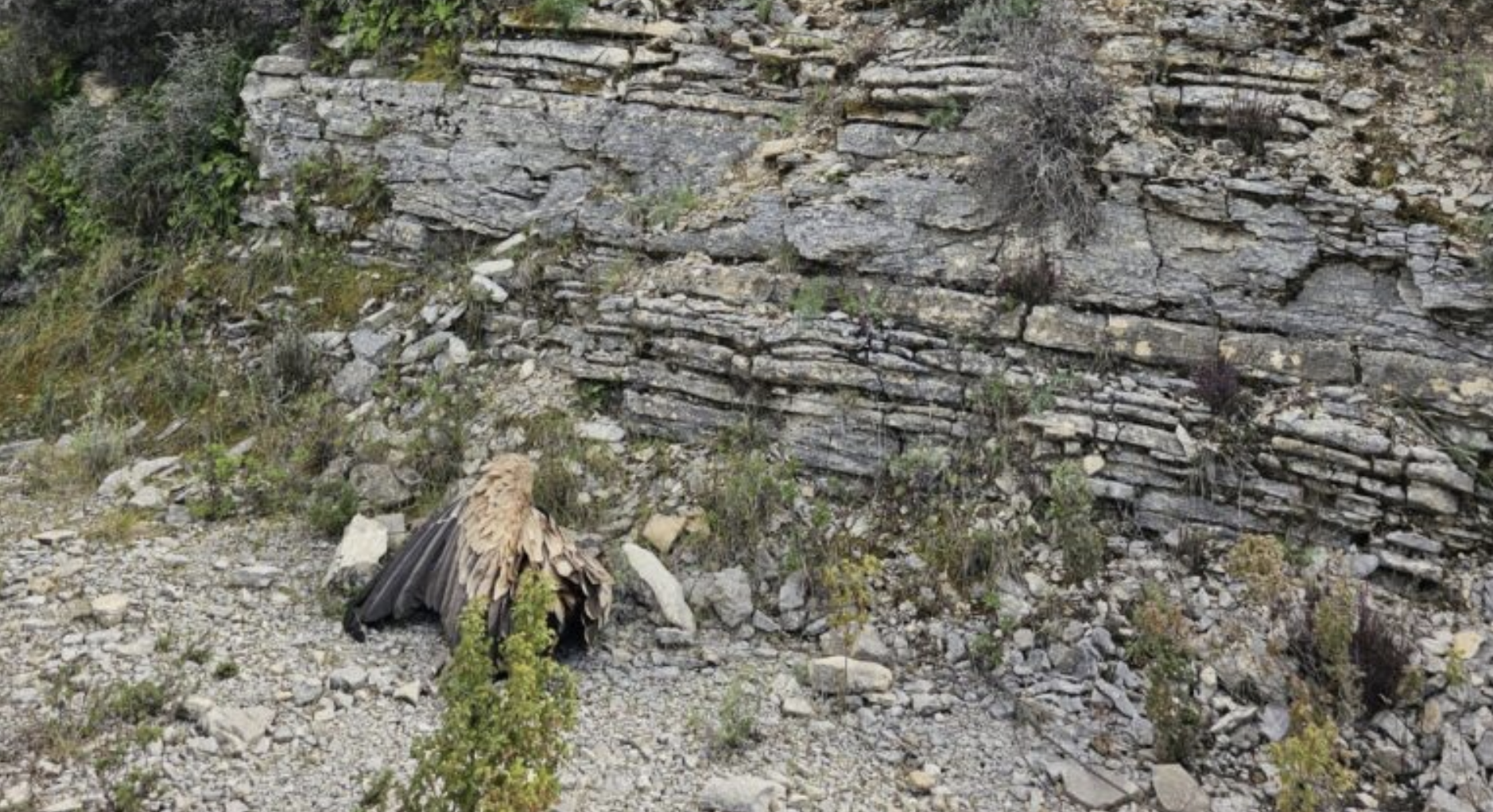The griffon vulture Gyps fulvus is the largest and arguably the most impressive bird species found on the island of Cyprus. As is sadly the case with many vulture species around the world, the population of griffons in Cyprus is in a bad way. The earliest historic accounts about the species referred to it as common in the plains as herds of sheep and goats, but by 2012 there were fewer than 10 birds left on the island.
Cyprus griffon vultures suffered three successive blows over the last few decades. The mechanisation of agriculture in the 1950s, with the reduction of the use of donkeys as yoke animals as well as the rise of enclosed livestock farming, resulted in a dramatic decline in food availability for the vultures. After the de-facto partition of the island in 1974, the last remaining griffon vultures were exterminated from the northern part of Cyprus. And finally, the illegal but widespread use of poisons to control foxes and feral dogs led to a catastrophic decline in griffon vulture numbers in the mid-1980s.
In 1980, the vultures numbered more than 100 and 16 nests were counted. In 1984, there were nine nests and by 1989 there were just three. Sadly, the poisoning problem continued, with regular mass mortality incidents, and despite efforts made to help the population of griffon vultures to recover, by the start of this decade no more than 8 birds remained with just two active nests.
At this critical moment for the species, the competent authorities in Cyprus – the Game and Fauna Service and the Department of Forests – together with BirdLife Cyprus, the Natural History Museum of Crete (University of Crete) and Gortyna Municipality in Crete, drew up a griffon vulture management plan and launched Project GYPAS. The project, running from 2011 to 2014 and funded under the Cross Border Cooperation Program Greece-Cyprus 2007-2013, aimed at strengthening the vulture population in Cyprus with the translocation of birds from Crete, which hosts a healthy population of griffons that are genetically, ecologically and geographically close to Cyprus.
Among other actions, a total of 25 young vultures were sent to Cyprus from Crete, and an annual monitoring programme was put in place. In collaboration with the Game and Fauna Service and the UK Sovereign Base Area Environment Department, BirdLife Cyprus volunteers carry out a griffon vulture census in spring and winter every year. Watchers are posted at key look-out points throughout the known breeding and feeding area of the species, while cameras are also set at two of the three supplementary feeding sites.
At the last winter census, in winter 2016, the griffon vulture population was estimated at around 21 individuals. Although this is more than double the population size at the start of Project GYPAS, at least seven birds had been found dead from poisoning during the previous winter, while no evidence of nesting activity was recorded in 2015.
BirdLife Cyprus continues to sound the alarm and to push the government authorities to take all necessary measures to prevent the death of more vulture and we stand committed to working with the authorities to combat the use of poisons in the Cyprus countryside. Although just 25 vultures are not enough to build a healthy local population, we are hopeful that 2017 will be the year when some of the Cretan birds will start to breed and things will start looking up for the Cyprus griffon vultures.
You can find out more about Project Gypas on the project website here and you can learn more about our vulture monitoring work on the BirdLife Cyprus website here.
Photo: Dave Walker/BirdLife Cyprus
Text drafted by Christina Ieronymidou, Monitoring & Research Coordinator, BirdLife Cyprus



